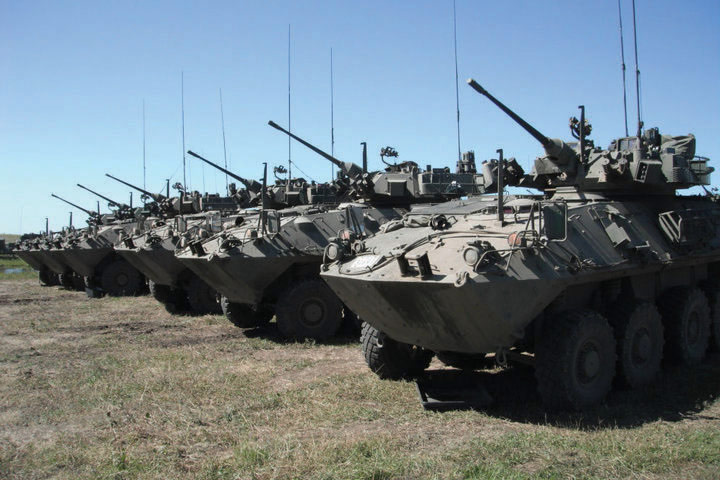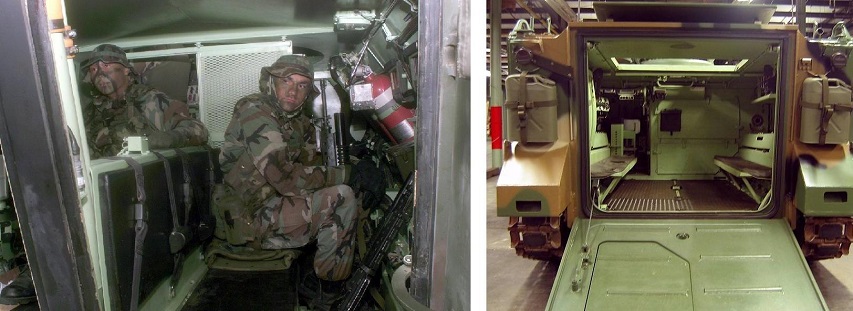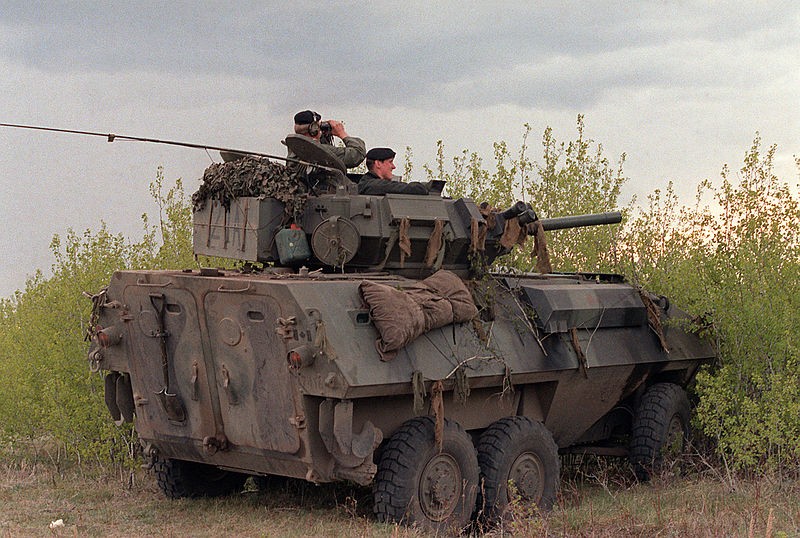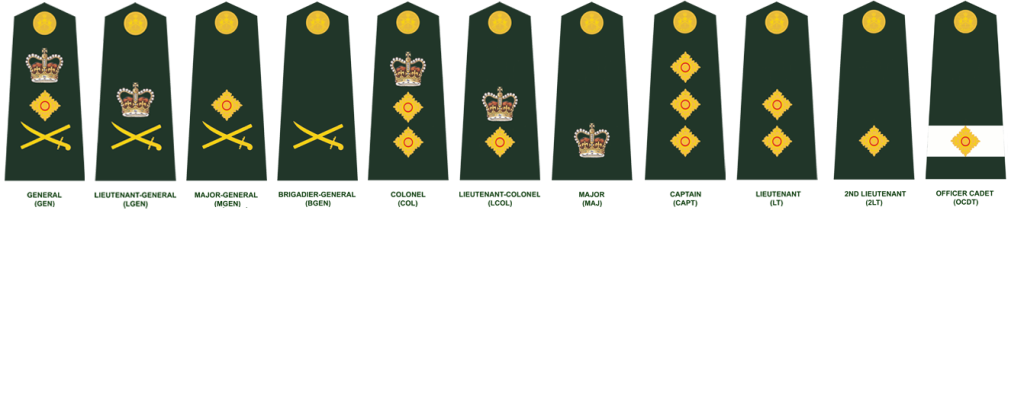In Maclean’s, Jonathon Gatehouse reflects on the reaction of bystanders just after Corporal Nathan Cirillo was shot while standing guard at the Tomb of the Unknown Soldier in Ottawa, and how Canadians are still uneasy about the role of the military in Canadian society:
They came together with haste and purpose. Three civilians and two members of Canadian Forces, all working frantically to save the life of Cpl. Nathan Cirillo.
In the first minutes after the Hamilton reservist was shot twice at Canada’s National War Memorial on Oct. 22, it was passersby who joined in the challenge of trying to staunch the bleeding and keep his heart beating. Photos captured their desperation. A red-headed woman, her legs stretched out across the Tomb of the Unknown Soldier, administering artificial respiration while a uniformed man performs CPR. A man in a dark business suit helping to keep the blood where it was needed by holding the kilted Cirillo’s bare legs in the air. And two more — a grey-haired lady and a man in an army beret — applying pressure to his wounds. All of them as anonymous as the fallen combatant inside the granite sarcophagus that the soldier was guarding.
A discarded backpack leans against the tomb, next to a Thermos mug of morning coffee. A black attaché case has been tossed to the flagstones. Right beside that lie the two military assault rifles—one belonging to Cirillo, the other his regimental partner—perfectly stacked, stocks tucked tight against the brass foot of the monument. By the book, even though they were never loaded, per standard honour detail practice.
[…]
The Canadian public and its military have been out of sync over duties and mission for more than a decade. It is a gap that doesn’t make much sense. In the aftermath of 9/11, we have come to venerate first-responders — those who run toward danger — as local police, the RCMP and Parliament Hill security did in their shoot-out with Zehaf-Bibeau. But we remain slightly suspicious of the motives of people who volunteer to serve in the army, navy and air force, as if there is something nobler — and more Canadian — in playing defence than being on the offensive.
The events of the past week illustrate that we live in an age where such distinctions have been rendered meaningless. First the murder of Warrant Officer Patrice Vincent, run down by ersatz jihadi Martin Couture-Rouleau in a shopping mall parking lot in St-Jean-sur-Richelieu, Que. And now the death of Cpl. Cirillo at the hands of another “self-radicalized” fellow citizen. Like it or not, Canada is in this fight, abroad and at home. Facing enemies who don’t give credit for past good deeds, and have few, if any scruples about whom they target.
There’s a tradition that has sprung up in Ottawa over the past years. After the conclusion of the official Remembrance Day ceremony, members of the public approach the War Memorial, remove the poppy from their lapels, and lay them on the Tomb of the Unknown Soldier. It’s a small act of respect, and an attempt to connect with our fading, black and white past.
This year will be different. Not just because Nathan Cirillo died at that very spot, but because of what happened in his final moments. When a red-headed lawyer, a grey-haired nurse and a suit-clad government bureaucrat joined with a colonel and a corporal to try and save a soldier’s life, a page turned. The sacrifice, in full colour and public view, can’t be ignored. Everyone has become a witness. It is part of our present, and our uncomfortable future too.


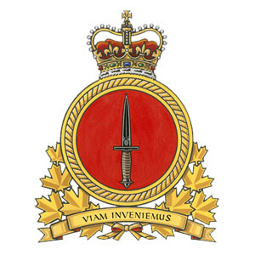 Last month, I posted an item on the
Last month, I posted an item on the 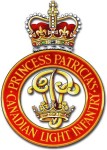
 I posted a link about a military exercise to be held next month in the Niagara Peninsula, and it mentioned the 31st Brigade, which reminded me I’d lost track of the current organization of the Canadian Army (which back in my day was still hiding under the name “Mobile Command”). In common with other allied armies, the units and organizations have changed significantly since the end of the Cold War — in the case of the Canadian Army, many of the changes were triggered earlier by
I posted a link about a military exercise to be held next month in the Niagara Peninsula, and it mentioned the 31st Brigade, which reminded me I’d lost track of the current organization of the Canadian Army (which back in my day was still hiding under the name “Mobile Command”). In common with other allied armies, the units and organizations have changed significantly since the end of the Cold War — in the case of the Canadian Army, many of the changes were triggered earlier by 